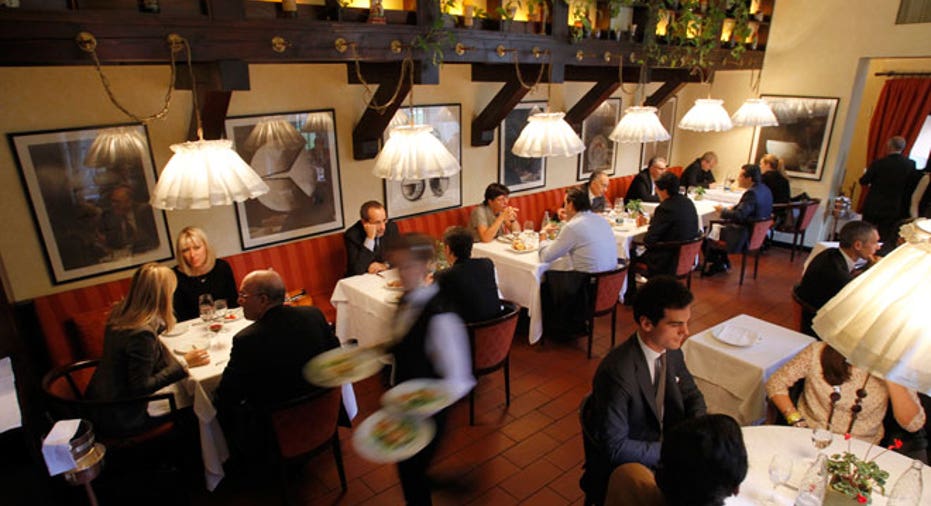$315M Price Tag on ObamaCare Menu Labeling

Aside from health-care costs, restaurants, grocery stores and delis also need to prepare for another side effect of ObamaCare: menu labeling.
The law will require businesses with more than 20 locations to calculate the nutritional content for all food products and post the information on menus and signs.
While finalized rules are still TBD from the Food and Drug Administration, the department’s most recent estimates predict the initial costs of implementing the law will be as high as $315.1 million for private businesses.
“That covers all the regulated parties (including grocery stores, convenience stores, restaurants and delis),” says Daren Bakst, author of a recent report from The Heritage Foundation. The FDA estimates recurring costs will be $44.2 million.
A Burden on Businesses?
With an exemption for businesses with 19 or fewer locations, the law is designed so as not to place an undue burden on smaller businesses. But Bakst says that small chains that are affected may have a hard time calculating nutritional facts, as well as paying for new menus and sign boards.
Bakst says consumers should dictate whether restaurants offer calorie counts, rather than having the government require this information, which will be expensive to businesses both in terms of analyzing food items and reprinting materials.
“It’s an extremely competitive industry,” says Bakst. “If consumers demand more information, restaurants will respond, because they’re looking for the competitive advantage.”
But the National Restaurant Association isn’t as concerned.
“The association and the larger chains played a role in putting this together, and we’re supportive of the national approach to menu labeling,” says Dan Roehl, the senior director for government relations at the National Restaurant Association.
Roehl says the growing number of cities with their own nutrition-labeling laws created confusion and administrative issues for restaurants operating in multiple states. As a result, Roehl says a single policy would actually clear up some administrative chaos.
“It’s similar to the packaged food industry – it makes a lot more sense for customers and from an operations standpoint to have a uniform standard,” says Roehl.
And while the National Restaurant Association hasn’t calculated the cost of switching out menu boards and printed menus, Roehl says that restaurants periodically switch out these items during the course of the year to reflect new offerings or price changes.
“The largest cost impact is borne by the menu board … we’ve suggested to the FDA to provide at least a year to help implement the law,” says Roehl. “This is one of the ways to help minimize the cost of the law, by giving our guys a chance to put it up when they do a natural board change.”
Research Suggests Few Benefits to Menu Labeling
Aside from the costs associated with the law, Bakst’s Heritage Foundation paper says available research doesn’t show benefits connected to providing nutritional information to consumers.
Looking at the behavior of diners in New York, where a menu-labeling law has been in effect since 2008, researchers at New York University and Yale found that individuals ordered more calories, in fact, when they were provided nutritional information.
“The mixed results of these and other small-scale menu labeling studies suggest it is still too early to tell how restaurant calorie labeling will affect caloric intake,” according to researchers at the USDA.
Bakst says the menu-labeling law reflects backwards thinking on the part of the government.
“It’s an underlying assumption that as long as consumers continue to buy unhealthy foods, they’re making uninformed choices. And until the public makes the nutritional choices the government thinks are right, there’s a problem within the market,” says Bakst



















